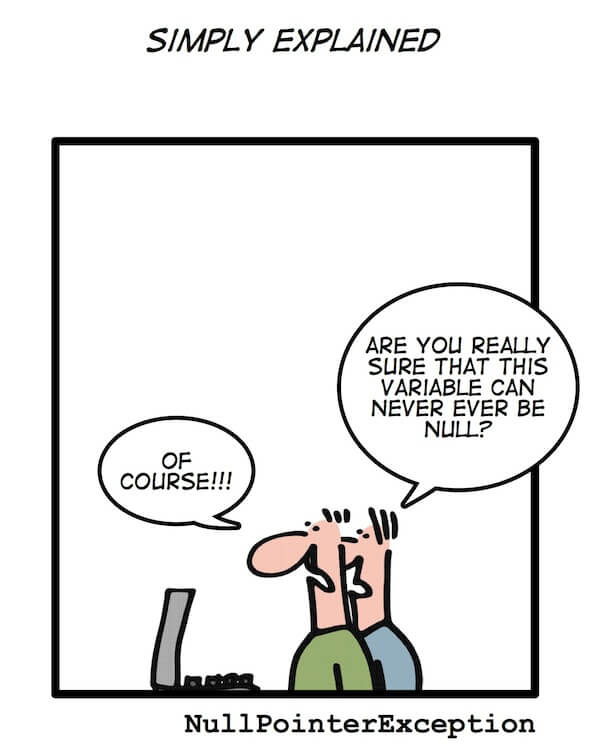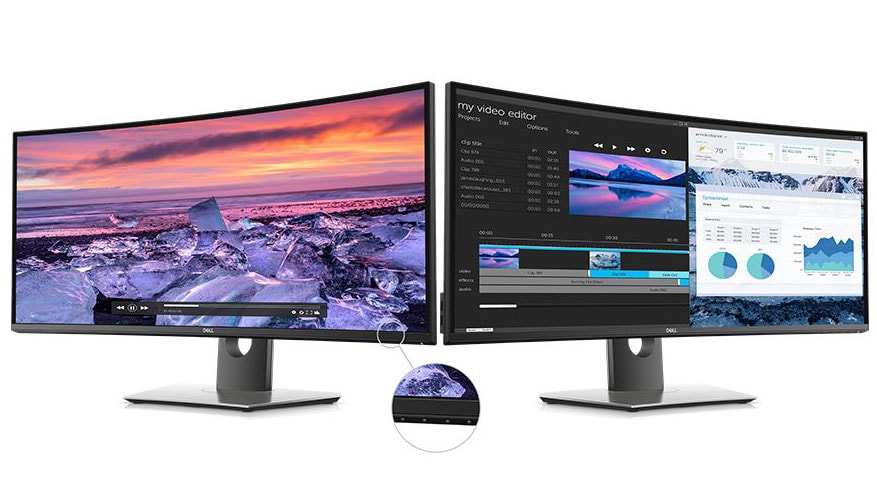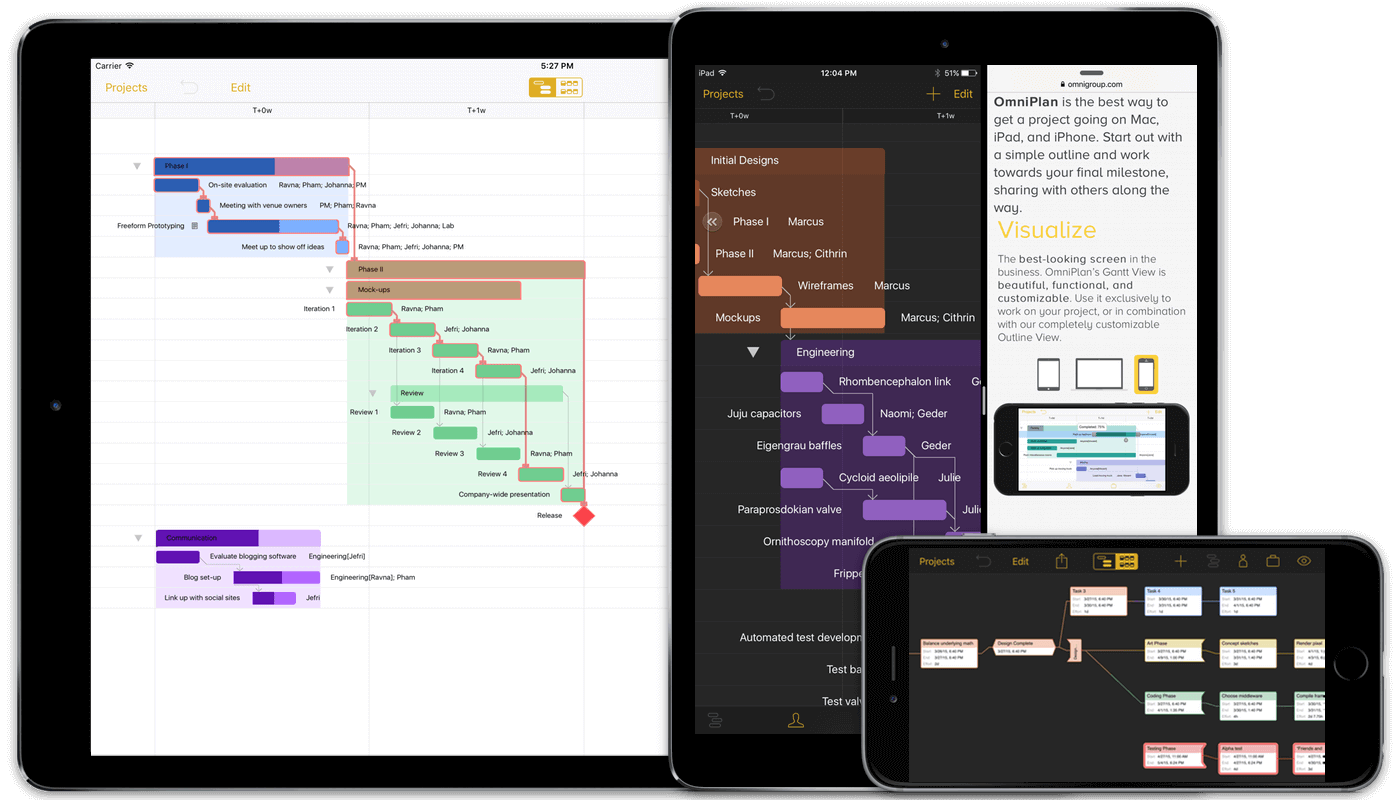

The scheduler puts processes that require the least CPU time next in the ready queue. This scheduling algorithm uses the Shortest Job First (SJF) approach. Scheduling overhead is reduced because there is no prioritization of processes.There is process prioritization this implies that the operating system might have problems with achieving deadlines of some processes.The throughput of the CPU is generally since processes that tend to consume longer CPU time can result in a phenomenon called CPU hogging.The following characteristics are associated with the FCFS scheduling algorithm:

The queuing procedure is based on the arrival time of the process in the ready queue (Sibsankar & Aravind, 210). Uses the First come first served (FCFS) approach to allocate resources to the threads and processes. The various scheduling algorithms used in iOS are outlined below. The main objective behind scheduling algorithms in iOS is to avoid resource starvation to the various processes and ensure fairness in the distribution of the CPU time to the various threads/ processes (Stallings, 78).

The dispatcher in the iOS has to be ultrafast to facilitate fast process switching (context switch) The main aim of the dispatcher in iOS is to control the processes to be executed by the CPU. The process scheduler used in iOS is non preemptive/ cooperative, implying that the scheduler can not force a process out of the CPU (Mark, 95). The short-term scheduler is ideal for iOS due to its ability to execute processes more frequently than long-term and medium-term schedulers. The short-term scheduler is primarily responsible for choosing which of the processes that have been already loaded into the memory are to be executed next depending on a CPU clock interrupt, an IO device interrupt, or a system call (Stallings, 256). For fast user response, iOS uses the short-term process scheduler. The task of the process scheduler/dispatcher is to select a task from spooled tasks and sequentially load it into the memory. The scheduling concept is used to determine the way processes are assigned to the available CPU time. Process scheduling is a major concept of iOS that facilitates the multitasking and multiprocessing abilities of iOS. The various elements that are involved in the process management in iOS are outlined below. The approach to managing processes in iOS is through the use of system calls (Sibsankar & Aravind,198). The process management in iOS is basically aimed at achieving a balance between the system processes and the application processes. Process management is an important aspect of any operating system in order to ensure effective execution of the necessary system processes and other application software. The iOS is derived from the Macintosh OS X, implying that it draws its features from Unix Operating Systems (Mark, 45). Recent developments in iOS include automatic switching depending on the orientation of the handheld device, for instance, portrait and landscape mode. The basic system interaction operations that are deployed in iOS include tapping, swiping, and other gestures such as pinching (Mark, 45).

An important feature of iOS is the response time to user input is fast. The interface controls used in iOS include switches, buttons, and sliders which are used to either select, scroll or toggle between different applications that are currently in use. The user interface of the iPhone Operating System is characterized by direct manipulation of the interface items and a multi-touch approach which involves the use of screen synaptic to control the components of the iPhone(Mark,45). By May 2010, Apple owned approximately 15.4 % market share of the mobile smartphone operating system, being third behind Symbian and RIM’s BlackBerry (Sibsankar & Aravind, 56).


 0 kommentar(er)
0 kommentar(er)
